17 Spreadsheet Printing Tips: Fit On One Page Easily
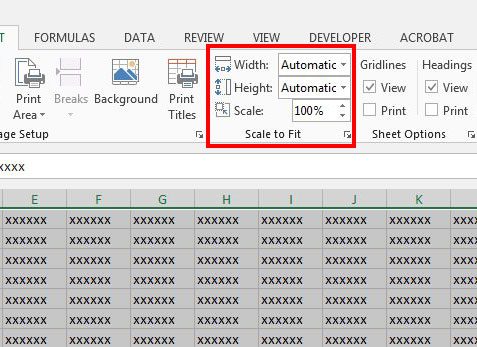
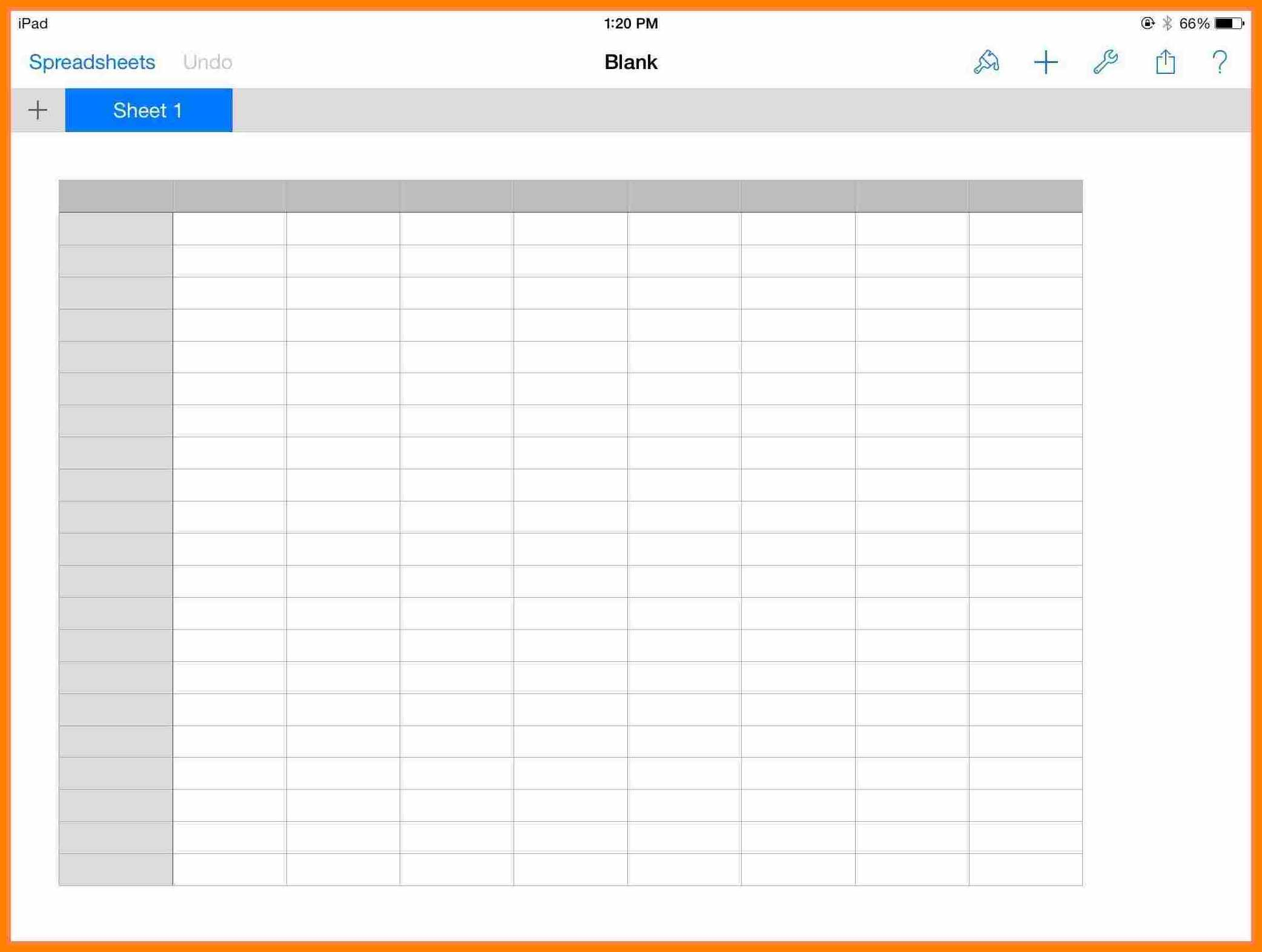
Introduction to Spreadsheet Printing
Printing spreadsheets can be a daunting task, especially when dealing with large datasets that seem to go on forever. The struggle to fit everything on one page is real, and it’s a challenge many of us face on a daily basis. Whether you’re working with Microsoft Excel, Google Sheets, or any other spreadsheet software, the goal is always the same: to present your data in a clear, concise, and easily readable format. In this article, we’ll explore 17 tips to help you print your spreadsheets with ease, ensuring that your data fits on one page without sacrificing readability.
Understanding Your Spreadsheet
Before you start printing, it’s essential to understand the layout and structure of your spreadsheet. Take a closer look at your data and identify the following:- The number of rows and columns you’re working with
- The size of your headers and footers
- Any repeating elements, such as logos or watermarks
- Areas with complex formulas or conditional formatting

Adjusting Page Layout
One of the most critical steps in printing a spreadsheet is adjusting the page layout. This involves setting the page orientation, margins, and scaling. To do this:- Go to the Page Layout tab in your spreadsheet software
- Set the page orientation to Landscape or Portrait, depending on your needs
- Adjust the margins to ensure there’s enough space for your data
- Scale the page to fit your data, using options like Fit to Page or Adjust to
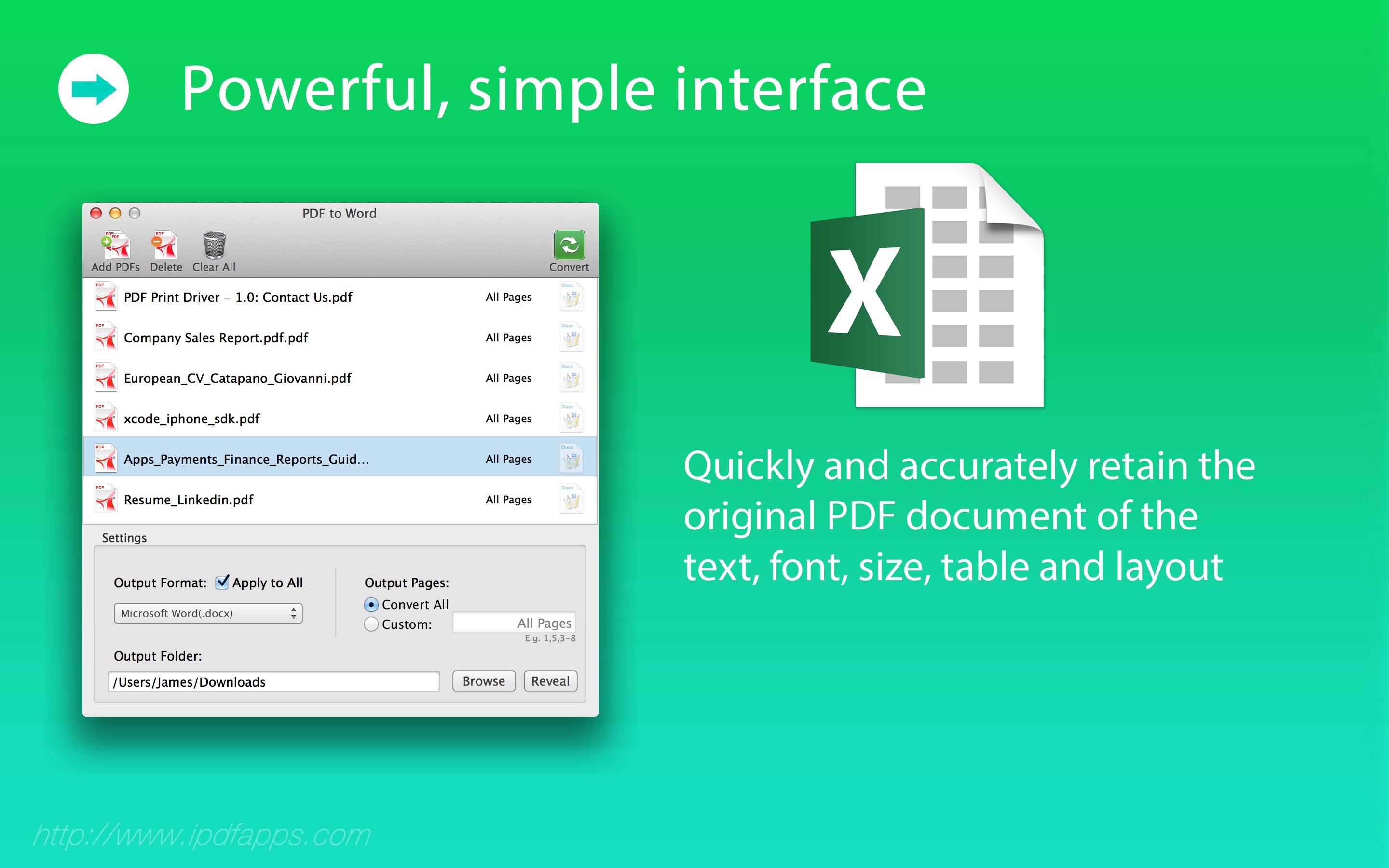
Optimizing Column Widths
Column widths can make or break the readability of your spreadsheet. To optimize column widths:- Auto-fit columns to ensure they’re wide enough to display your data
- Manually adjust column widths to accommodate larger datasets
- Use Freeze Panes to lock headers and rows in place
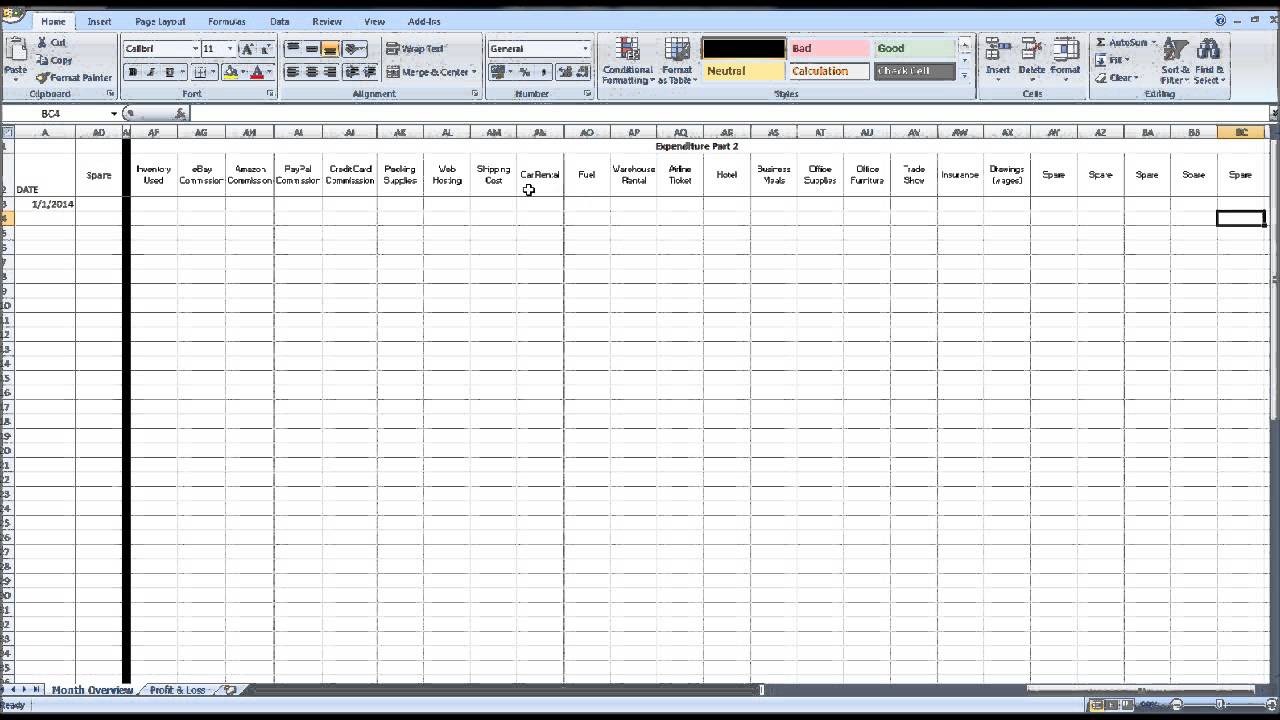
Working with Row Heights
Row heights are just as important as column widths when it comes to printing spreadsheets. To optimize row heights:- Auto-fit rows to ensure they’re tall enough to display your data
- Manually adjust row heights to accommodate larger datasets
- Use Wrap Text to prevent data from being cut off
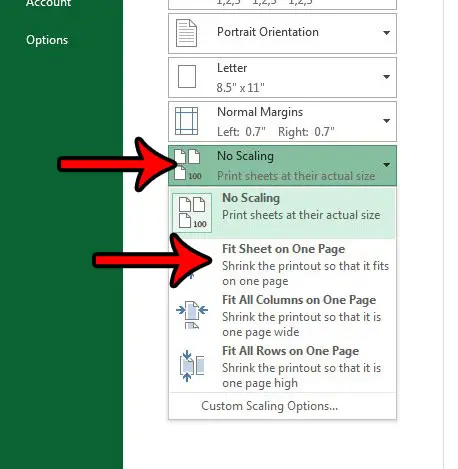
Using Print Ranges
Print ranges allow you to specify exactly which areas of your spreadsheet you want to print. To use print ranges:- Go to the Page Layout tab in your spreadsheet software
- Click on Print Area and select Set Print Area
- Choose the range of cells you want to print
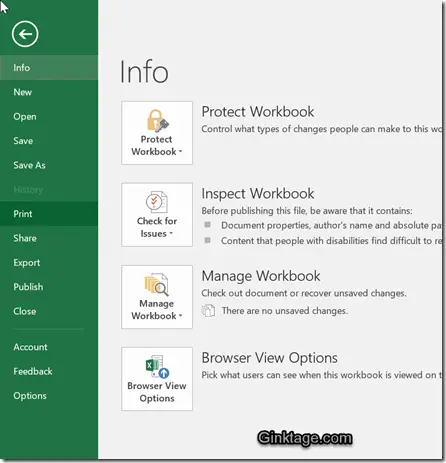
Removing Unnecessary Data
Removing unnecessary data is essential for printing spreadsheets. To remove unnecessary data:- Identify areas with redundant or unnecessary information
- Delete or hide rows and columns that aren’t essential
- Use Conditional Formatting to highlight important data
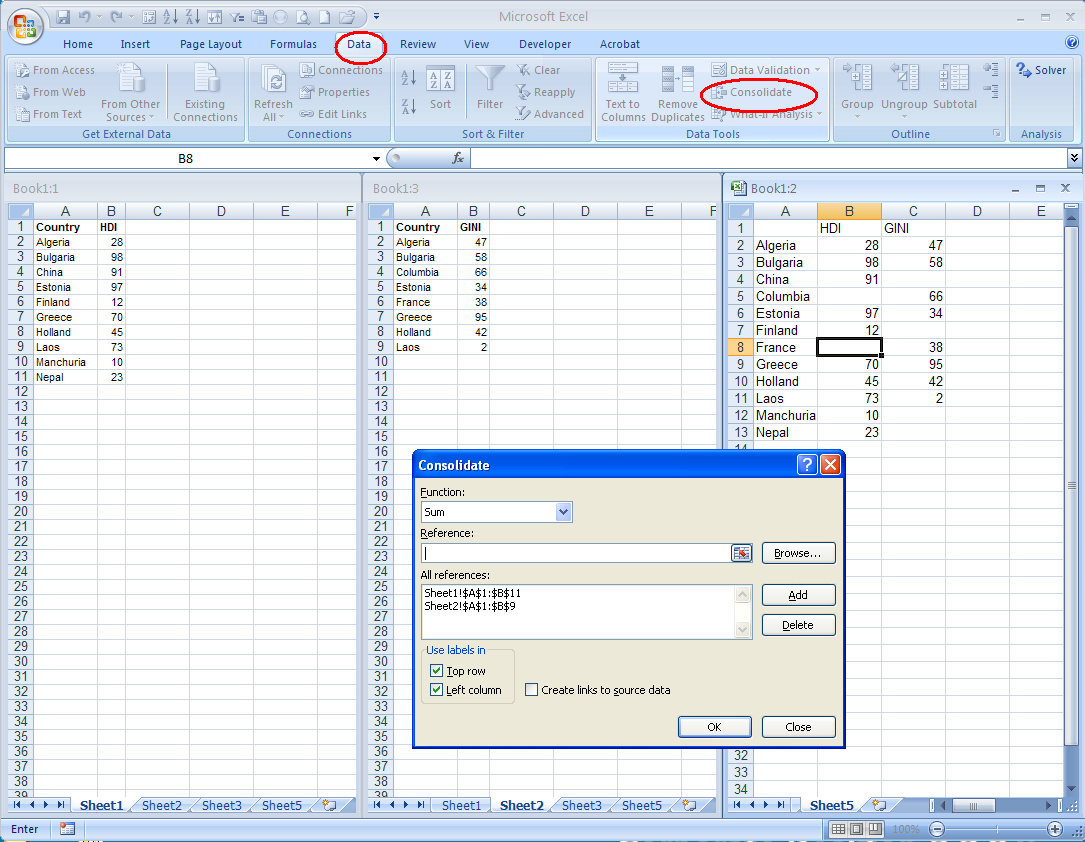
Additional Tips and Tricks
Here are some additional tips and tricks to help you print your spreadsheets with ease:- Use Headers and Footers to add context to your data
- Insert Page Breaks to control where pages break
- Use Print Preview to review your spreadsheet before printing
- Adjust Font Sizes and Styles to improve readability
💡 Note: Always preview your spreadsheet before printing to ensure that everything looks as expected.
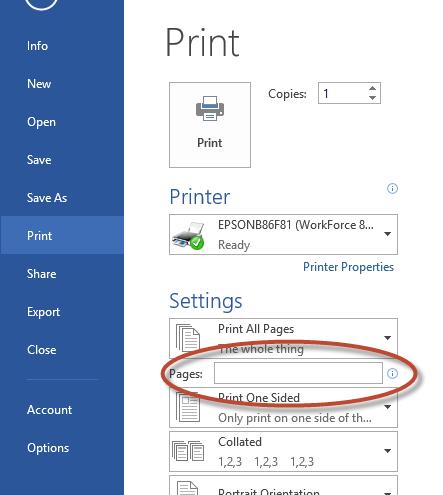
Common Spreadsheet Printing Mistakes
When printing spreadsheets, it’s easy to make mistakes that can affect the readability and presentation of your data. Here are some common mistakes to avoid: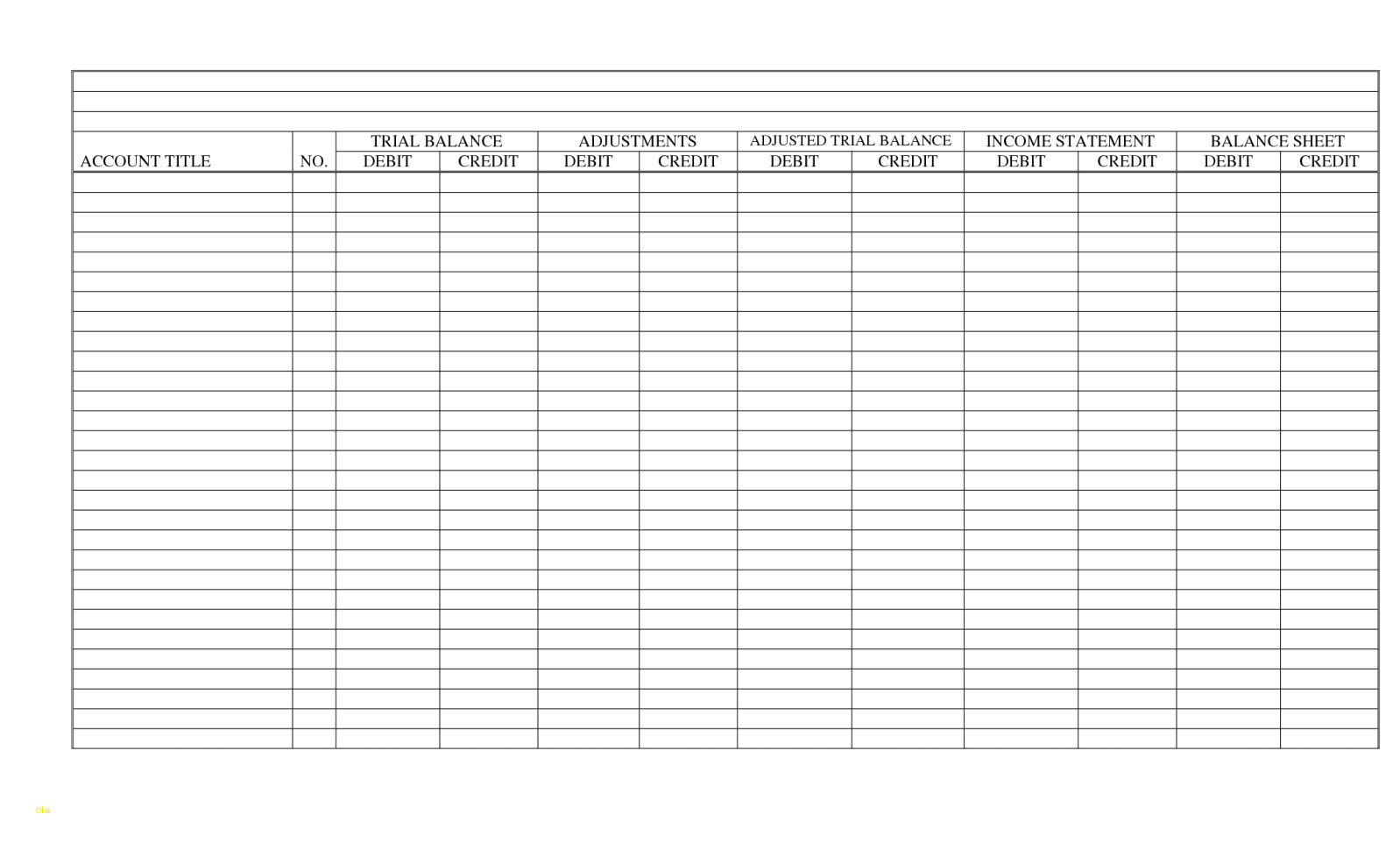
| Mistake | Solution |
|---|---|
| Insufficient margins | Adjust margins to ensure enough space for data |
| Incorrect page orientation | Set page orientation to Landscape or Portrait as needed |
| Inconsistent font sizes and styles | Use consistent font sizes and styles throughout the spreadsheet |
In summary, printing spreadsheets requires attention to detail and a thorough understanding of your data. By following these 17 tips and tricks, you can optimize your spreadsheet for printing, ensure that your data fits on one page, and present your information in a clear, concise, and easily readable format. Whether you’re working with complex datasets or simple spreadsheets, these tips will help you take your printing to the next level and make a lasting impression on your audience.
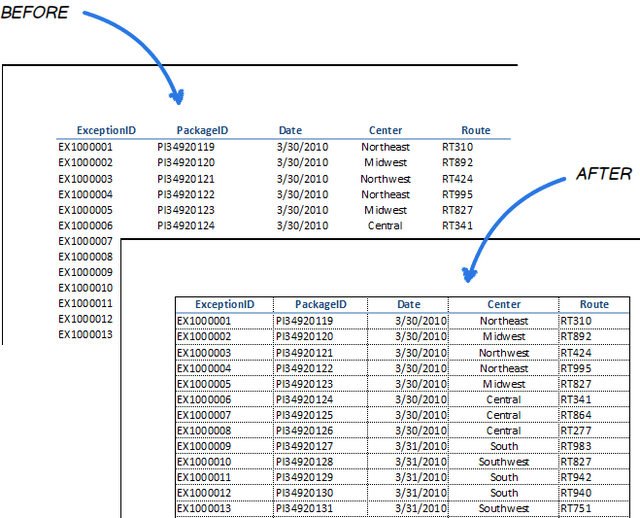
What is the best way to fit a large dataset on one page?
+
The best way to fit a large dataset on one page is to adjust the page layout, optimize column widths and row heights, and remove unnecessary data. You can also use print ranges and scaling to ensure that your data fits on one page.
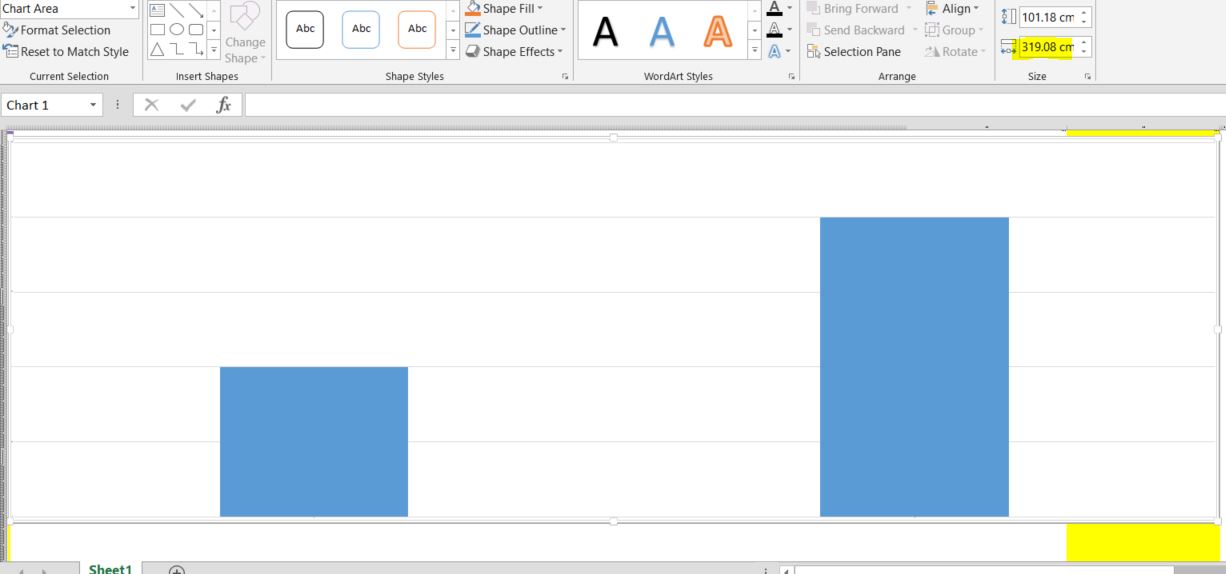
How do I prevent data from being cut off when printing?
+
To prevent data from being cut off when printing, make sure to adjust the column widths and row heights to accommodate your data. You can also use wrap text and freeze panes to prevent data from being truncated or overlapping.

What is the difference between landscape and portrait page orientation?
+
Landscape page orientation is wider than it is tall, while portrait page orientation is taller than it is wide. The choice of page orientation depends on the layout of your data and the space you need to accommodate it.



